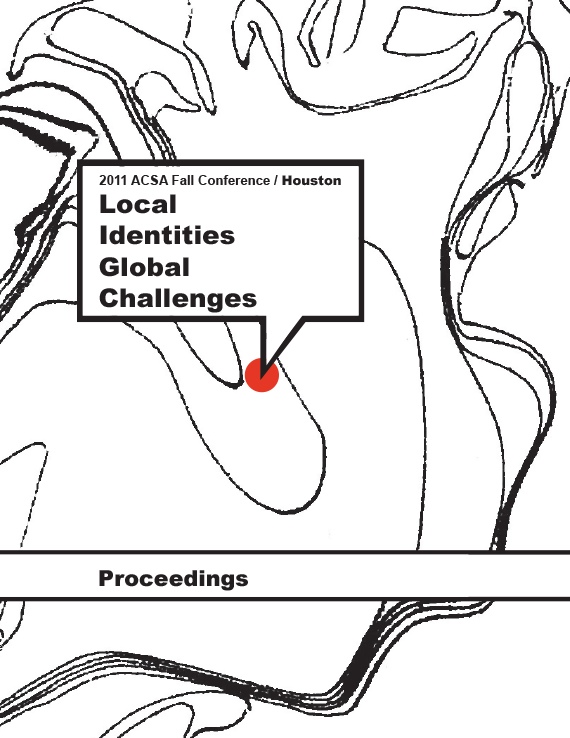Author(s): Marcella Del Signore
As a common assumption, Device can be defined as an apparatus, instrument or tool designed for a specific purpose. Devices perform, inform and continually transform the environment and our perception. Devices manipulate phenomena by seeking performative spatial relationships. Spatial conditions are altered by actions and reactions expressed by devices that mediate sensory experiences. Urban machines behave based on the issues that are prominent in the urban network and affect urban patterns due to contamination of machine on the City. Do they have the potential to generate a new model of the urban? What do they do? How do they affect urban patterns ? A machine that manipulates a city, that produces change to the urban that constructs a new pattern, contaminates the existing city network and creates new issues to be addressed. Interactive urban machines have a relationship with humans that can be defined through scale. Devices that are smaller in scale inherently have a stronger relationship with the body. This is both a physical and perceptual relationship allowing humans to have greater ownership or interactivity with the machine. Larger scale devices tend to have a stronger environmental relationship as they move away from one to one human interaction. Because of this, an Urban Machine can be considered based on how it is situated in the environment and its scale within the space it occupies. Context refers to the enviro-spatial relationship the machine expresses, specifically the manner in which the context directly influences interaction and behaviors. Issues of Scale in that contextual relationship are dependent on human interactions and in particular in relations to the body within a mechanomorphic framework. How can we begin to define a comparative approach from bodycentric machine to a large scale /environmental device? How can we design this type of machine? “A Mechanomorphic urban framework that contradicts the ideologies of a social network composed of incongruent elements. Because of this, the city becomes transformed into an interlacement of machines, which counteracts with the user and the urban to contaminate and juxtapose the city and to create a new model of urban space and urban relationships” I would like to present a research focus and series of student experiments that focuses on the machine as a generator or deconstructor of the urban condition. The work is collaborative and has manifested itself through publications and projects created at the LSU School of Landscape Architecture and the Tulane School of Architecture.
Volume Editors
Ikhlas Sabouni & Jorge Vanegas

 Study Architecture
Study Architecture  ProPEL
ProPEL 
